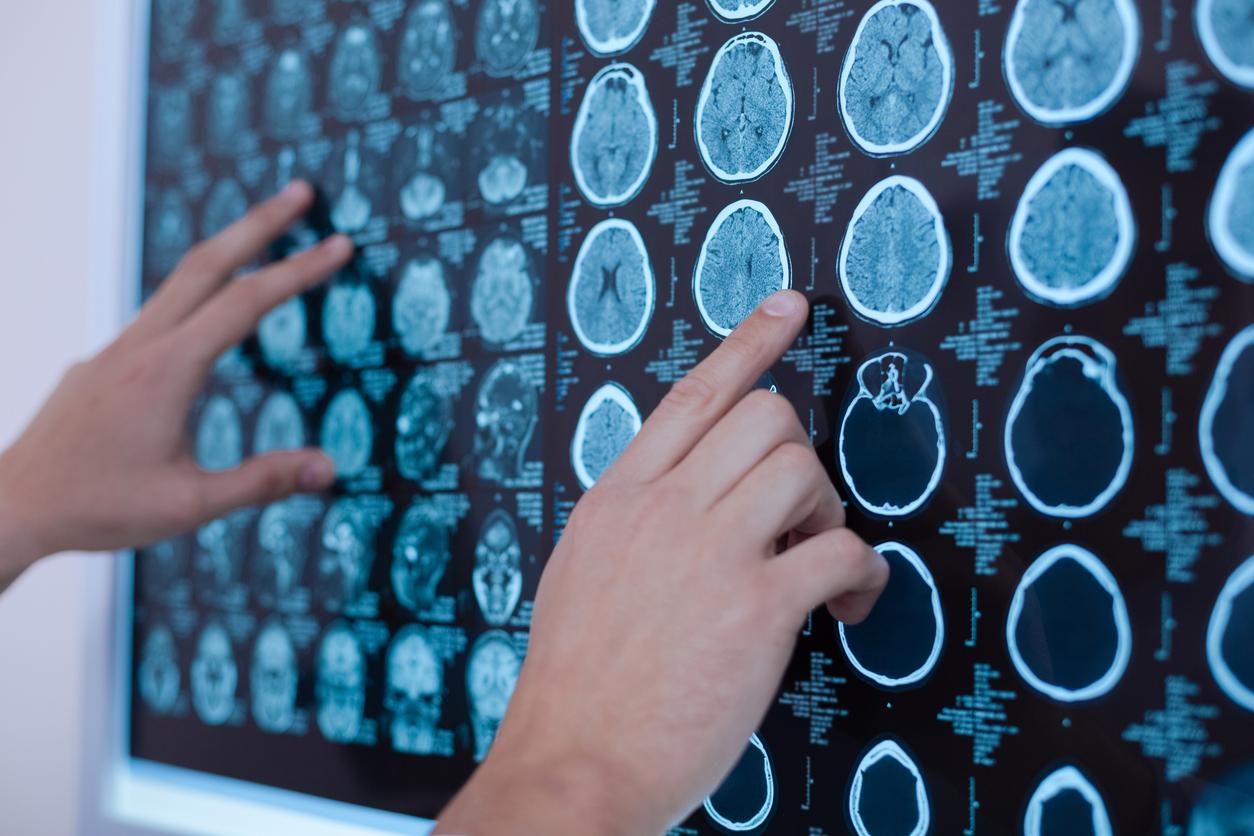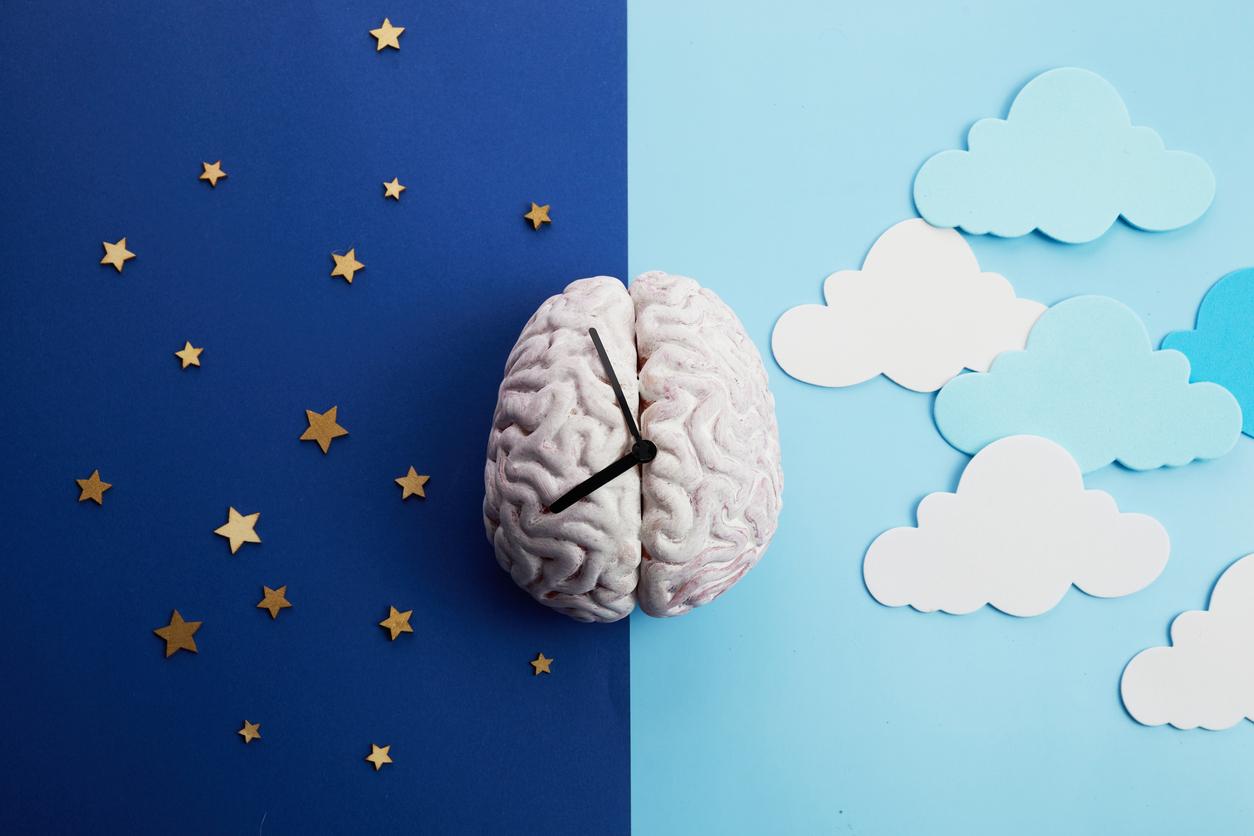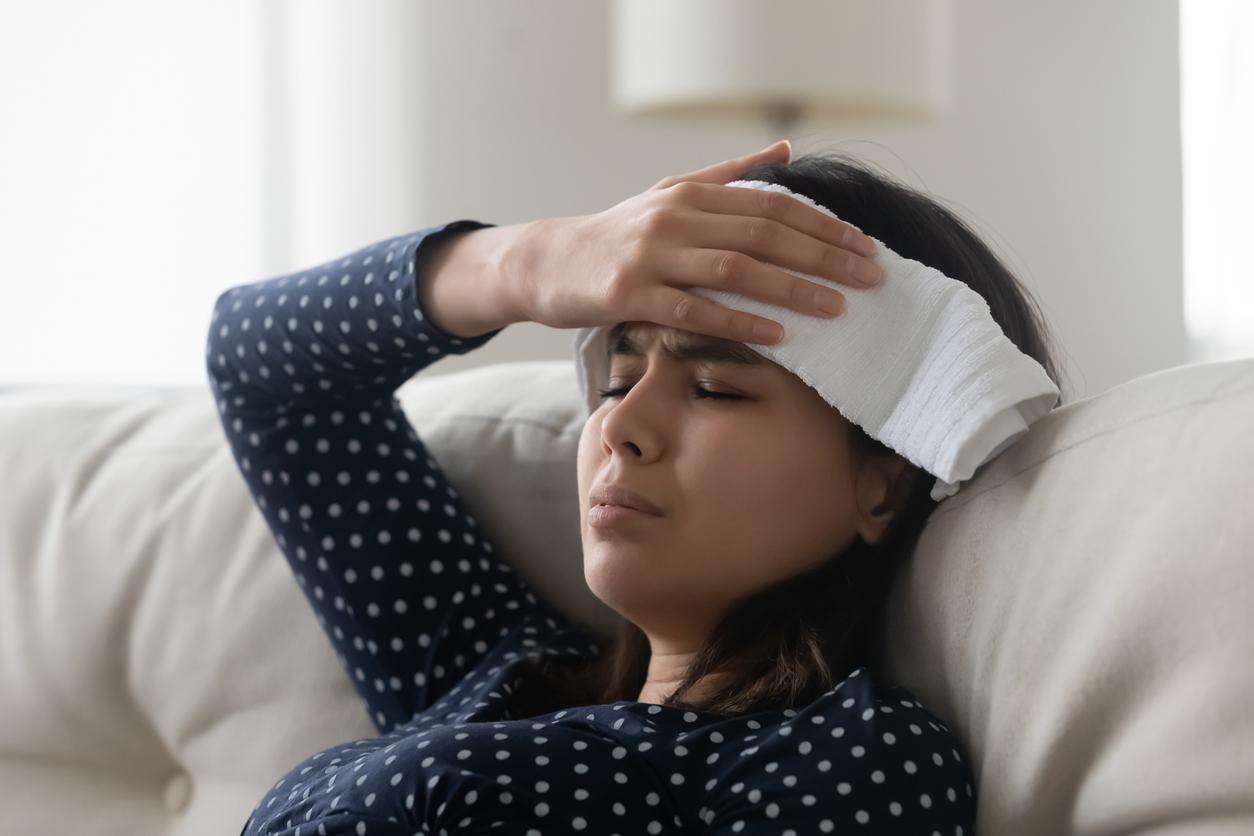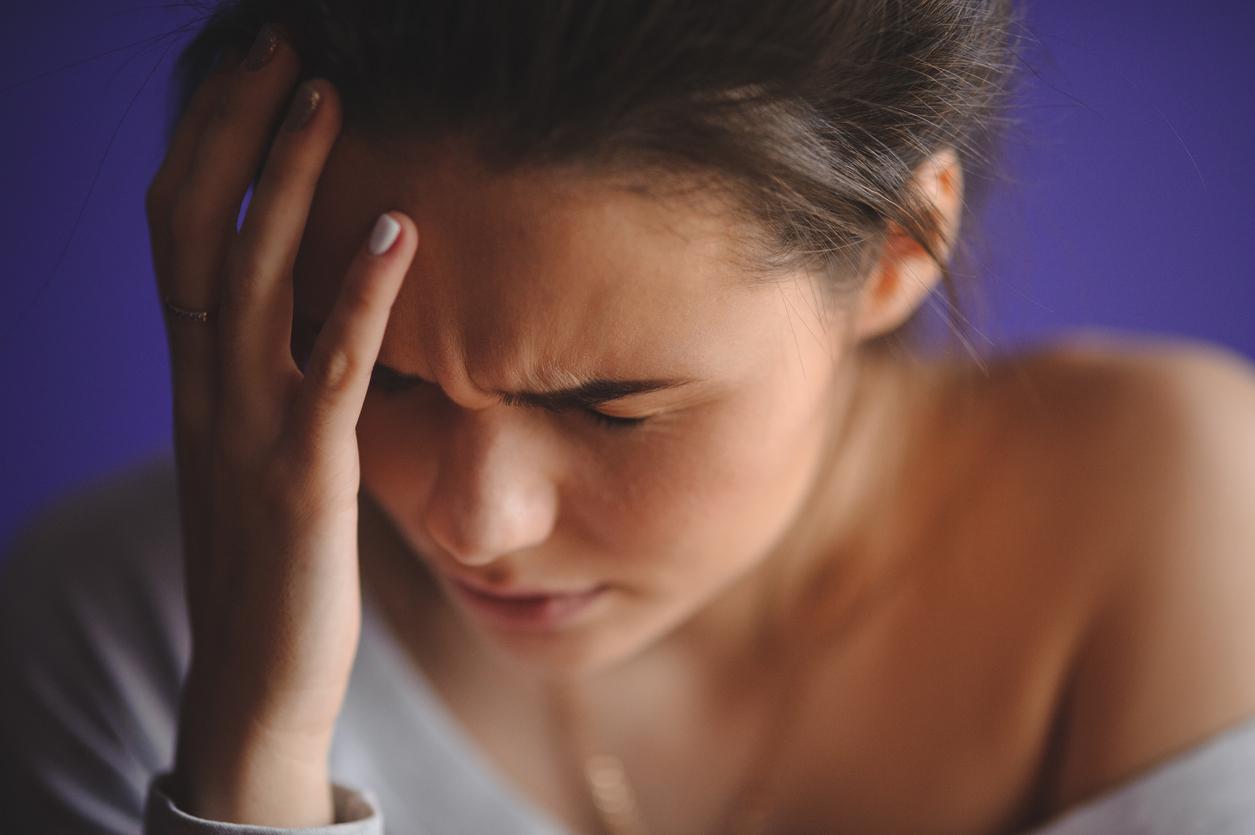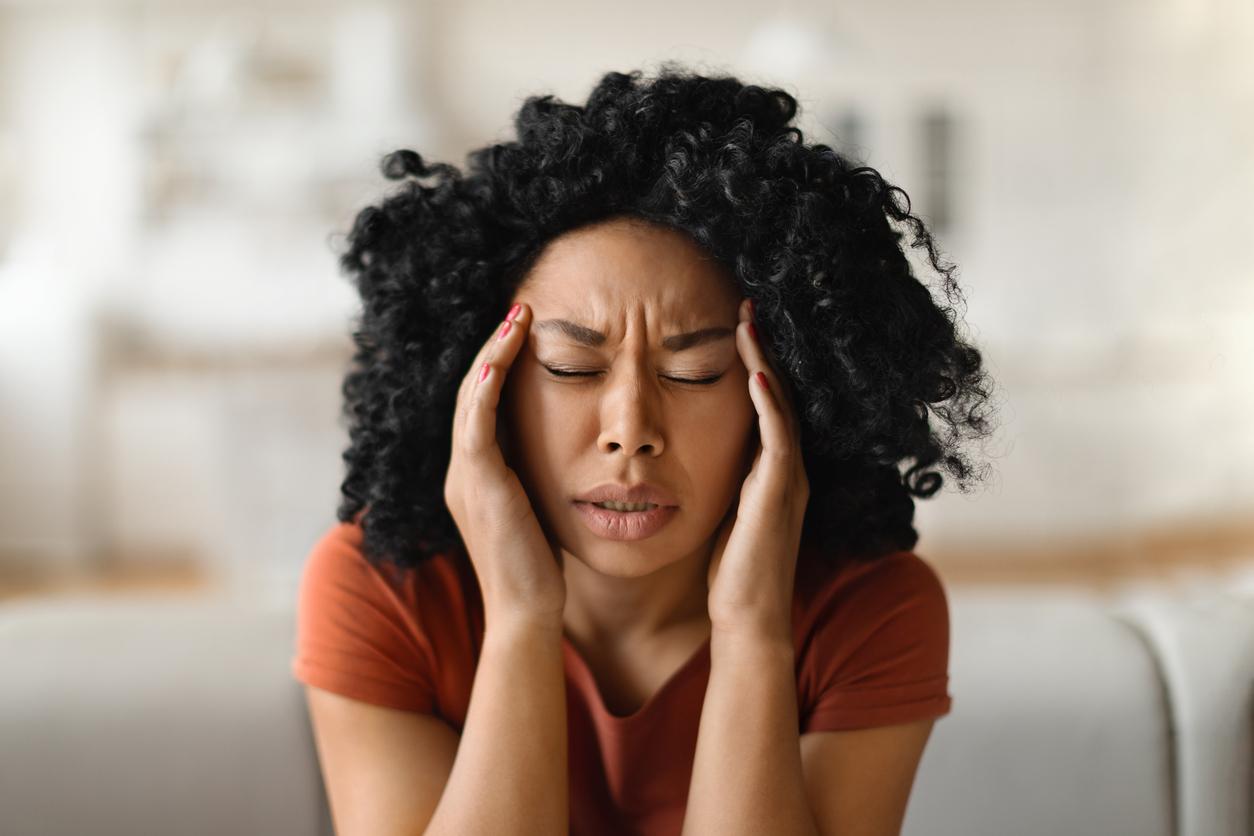Migraines and cluster headaches are linked to the circadian rhythm and therefore to the quantity and quality of sleep according to a new study.

- Migraines and cluster headaches are linked to the circadian rhythm.
- People who suffer from it have lower melatonin levels.
- Thus, the quality and quantity of sleep would be linked to the development of migraines and cluster headaches.
Migraine affects 20% of women, 10% of men and 5% of children according to the National Institute of Health and Medical Research (Inserm). This is characterized by repeated crises manifesting mainly by headaches or headaches.
Times at higher risk for migraines or cluster headaches
There are genetic factors, but others that are controllable such as making an unusual intense physical effort, changing your diet (eating too much or, on the contrary, skipping a meal), overwork, etc. But according to a new meta-analysis of 72 studies published in the journal Neurology, migraines and cluster headaches (which are unilateral headaches sometimes accompanied by other symptoms such as tears, stuffy nose or droopy eyelids) are also linked to the circadian rhythm. It is our body’s internal clock which takes the form of a cycle of approximately 24 hours and governs certain physiological processes such as sleeping and eating.
According to this study, it is mainly at night that migraines appear while cluster headaches occur most often during the day. As for the most favorable seasons: for the first, it is between April and October while cluster headaches are more present during seasonal changes, in spring and autumn.
Circadian Rhythm Headaches
“Data suggests that both of these headache disorders are highly circadian on many levels, especially cluster headaches“, explains Dr. Mark Joseph Burish, one of the authors. With this work, the researchers hope to be able to develop new treatments, in particular drugs that influence the circadian rhythm.
Another lesson from this meta-analysis: people who often suffer from migraine produce less melatonin, compared to those who do not. Melatonin is a hormone secreted by the body after exposure to light. It helps regulate sleep because it makes it easier to fall asleep.
People who suffer from cluster headaches have higher levels of cortisol – considered the stress hormone – in the blood and lower levels of melatonin. Thus, scientists believe that headaches are indeed linked to the quantity and quality of sleep.
“It also raises the question of the genetics of triggers like changes in sleep which are known migraine triggers and represent cues for the body’s circadian rhythm.“, conclude the scientists in a press release.
Currently, there are two therapeutic classes recommended by the French Society for the Study of Migraines and headaches to treat migraine attacks: nonsteroidal anti-inflammatory drugs (NSAIDs) and triptans. But, whatever the option chosen, Inserm warns that “one should not exceed eight days of treatment per month to avoid the risk of headaches induced by drug overconsumption”.












